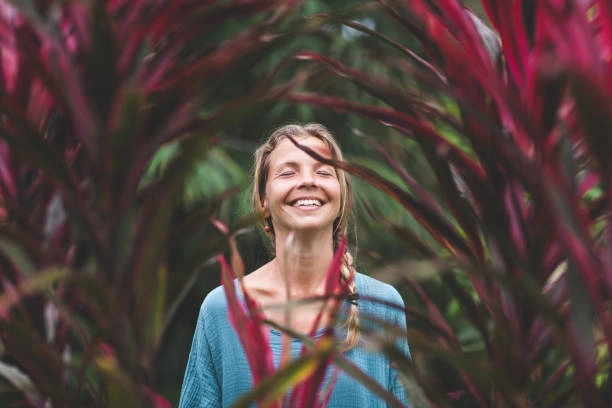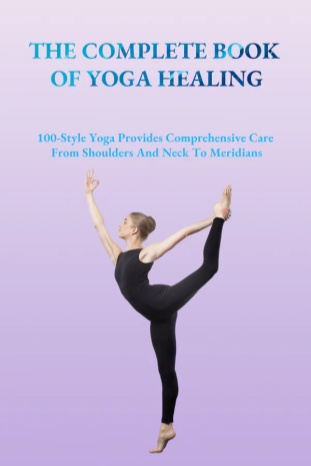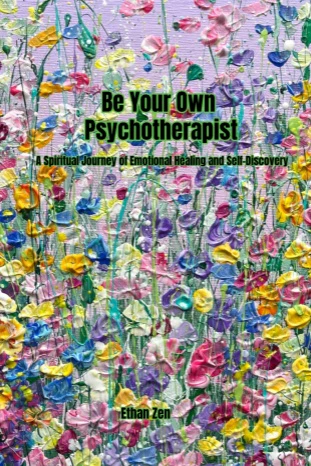Sleep Meditation: Turning Insomnia into a Thing of the Past
There are many methods of meditation, with seated meditation being the most common. Great monks can meditate for extended periods without thought or mental distractions, maintaining a state of clarity and emptiness, which leads to a deep meditative state both mentally and physically. Advanced meditation allows the body to relax deeply, reducing the activity of every cell in the body, bringing it to a state of stillness, like a dormant tree. This return to a primordial state allows the body to nourish the mind from the inside out, promoting spiritual growth and mental transcendence. Practicing sleep meditation not only cultivates the mind but also aids in sleep. Although it’s not solely for treating insomnia, sleep meditation is one of the best methods for curing it.
Two Aspects of Sleep Meditation Practice
- Physical Practice
Physical practice involves both lying on the back and lying on the side. The primary goal is to relax the body, allowing every muscle and organ to fully relax, helping you more quickly enter a state of sleep meditation. - Mental Practice
The focus is on calming the mind, trying to empty it of thoughts, and reaching a state of inner clarity through visualization practice.

Steps of Practice
- Stand with Legs Apart:
Stand with legs slightly apart, leaning against a wall with your back touching the wall. Raise both hands above your head in a V-shape. Close your eyes and maintain this position for 30 breaths (inhale and exhale once for each breath). - Prepare the Neck Support:
Roll a dry towel into a cylindrical shape. The height of the towel should be slightly higher than the height of your clenched fist. Place the towel under your neck as you lie on your back, with a low pillow under your head. Stretch your legs out naturally, palms down, placed on your groin area. Keep your lips slightly parted and your eyes lightly closed. Alternatively, you can hold your hands in front of your chest or press them together in a prayer pose. - Side-Lying Position:
Lie on your right side with the towel under your neck. Your face should turn to the right, and the pillow height should be comfortable. Keep your right leg straight and slightly bend your left leg, resting it on your right leg. Place your left hand naturally on your belly button, while your right hand can either rest on your right cheek with your palm up or be placed elsewhere comfortably. Lips should be gently closed, and eyes lightly closed. - Adjust Your Posture:
Whether lying on your back or side, adjust your posture and relax your entire body. Let your thoughts calm down and breathe naturally. Use a breath-counting method to empty your mind, though actual counting is not recommended as it can cause more mental distraction. Simply feel the sensation of “inhale” with each breath without focusing on it too much. Usually, after about two minutes, you can enter a state of mental emptiness, where you even forget the sensation of breathing. - Visualization:
After entering this empty state, even a small thought or external disturbance can break it, and you will naturally exit after a few minutes. Once out of the empty state, begin a visualization exercise: imagine a ball of light at the center of your forehead, focusing your mind on this light. Visualize the light rising to the top of your head and emitting a beam that shines over your entire body. Then imagine the light slowly descending back to your forehead and merging with your body. Gradually, your limbs begin to glow, your muscles become transparent, and eventually, only a beam of light remains. Focus your mind on this scene and settle your mind within it.This step uses visualization to aid sleep meditation practice. There are many visualization methods, such as imagining a lotus flower or the sky, but the light ball is an easy entry point for beginners and is suitable for most people. Master Li Zhiguang will introduce deeper visualization methods in future lessons.
Regular practice of sleep meditation can effectively reduce negative emotions like anxiety, tension, and depression. It purifies the mind, reduces stress, and helps relieve burdens.

Important Notes
- Choose a room with good ventilation, a comfortable temperature, and quiet surroundings. Since beginners may not fully master sleep meditation techniques, a good environment can help with the practice.
- Prepare a dry towel and a pillow, with the pillow being low. Practice 2-3 times daily, preferably in the morning, afternoon, and evening, for 10-20 minutes each session.
- There is no need to formally conclude a session of meditation. If you fall asleep during the practice, consider it a natural conclusion.
- Before starting, you may wish to visit the bathroom and wash your hands, face, and neck.
Conclusion
Spring brings rain, autumn brings flowers, summer brings thunder, and winter brings snow. Life is like the moon—sometimes you can hold it in your hand, and other times it shines over the entire land. When your heart turns toward the light, it will naturally contain both sun and moon.








